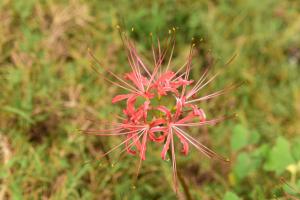Introduction
Pitcher plants are some of the most fascinating carnivorous plants on the planet. These plants have evolved to lure, trap, and consume insects in order to obtain the nutrients they need to survive. However, one common question that many plant lovers often ask is, do you need to fill pitcher plants with water? In this article, we will explore the answer to this question and provide some useful guidelines for taking care of your pitcher plants.
Pitcher Plant Anatomy
Before we answer the question at hand, let's take a closer look at the anatomy of pitcher plants. Pitcher plants are characterized by their unique modification of leaves forming a trumpet-shaped chamber. These chambers can contain a mixture of digestive enzymes, bacteria, and water, which attract and trap insects. In other words, water is a crucial component of a pitcher plant's trap. Without water, the trap would become dry and less effective at catching insects.
Water Requirements for Pitcher Plants
Now that we've established the importance of water in a pitcher plant, let's discuss how much water these plants need. Pitcher plants require a lot of water, which is why they are commonly found in swampy areas that are constantly wet. If you are growing pitcher plants indoors, you will need to replicate this damp environment by keeping the soil moist and providing a constant source of water for the pitcher. It is important to keep the water level in the pitcher topped off at all times, as a dry trap will quickly lose its effectiveness.
Types of Water for Pitcher Plants
When it comes to providing water for your pitcher plants, there are a few things to keep in mind. First, it is important to avoid using tap water, as the chemicals and minerals in tap water can harm the plant. Instead, use filtered or distilled water. You can also use rainwater, which is the most natural source of water for pitcher plants. Second, be sure to never use fertilizer in the water you provide for your pitcher plants, as this can damage the plant's delicate balance of nutrients.
Conclusion
In conclusion, pitcher plants are unique and fascinating plants that require a lot of water to maintain their traps. The water in the trap is as important as the digestive enzymes and bacteria, as it creates a moist environment that attracts insects. As a pitcher plant owner, it is important to keep the soil moist and provide a constant source of water for the pitcher. Be sure to use filtered or distilled water, or rainwater, and avoid adding fertilizer to the water. With proper care, your pitcher plants will thrive and continue to catch insects for years to come.

 how many times do yo...
how many times do yo... how many planted tre...
how many planted tre... how many pine trees ...
how many pine trees ... how many pecan trees...
how many pecan trees... how many plants comp...
how many plants comp... how many plants can ...
how many plants can ... how many plants and ...
how many plants and ... how many pepper plan...
how many pepper plan...






























